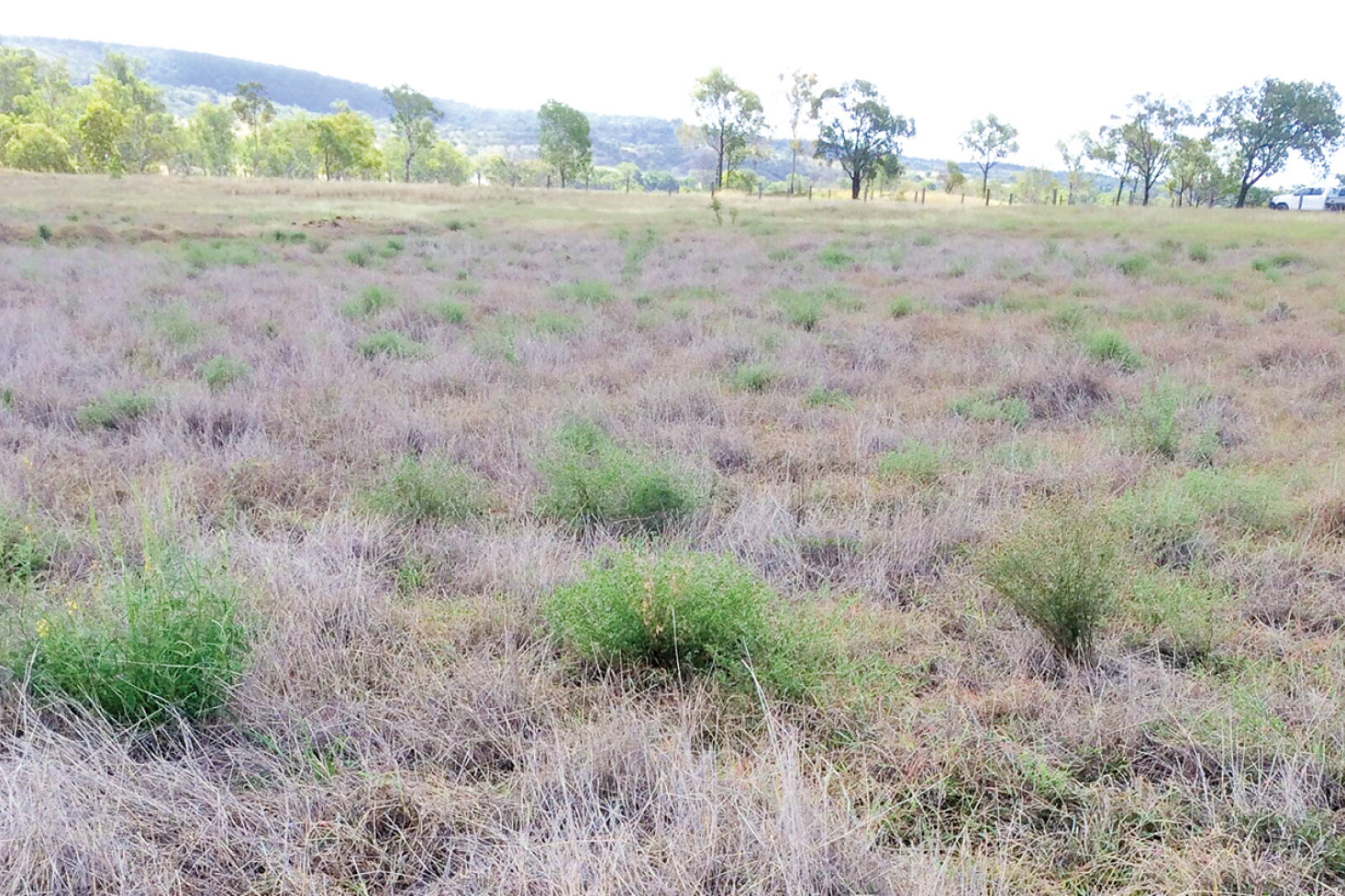Agricultural
30 April, 2024
Pasture dieback is spreading
Graziers are urged to keep an eye out for pasture dieback, which is continuing to spread to new areas of Queensland, including Millmerran.

Pasture dieback is a condition that results in the premature death of high yielding tropical and sub-tropical grasses.
The death of grasses initially appears in patches but can spread to large areas and whole paddocks within one growing season.
In southern Queensland, newly affected regions include Charleville, Chinchilla, Goondiwindi, Inglewood, Injune, Millmerran, Roma, St George and Warwick.
Reported detection has also been sighted in parts of central Queensland, and Northern Queensland.
“Pasture dieback has also been detected between these locations and is likely to be present throughout the surrounding districts,” Department of Agriculture and Fisheries (DAF) principal agronomist Stuart Buck said.
“Pasture dieback generally affects high-yielding sown-grass pastures in regions with more than 600mm of average annual rainfall.
“However, it is now spreading into western districts of southern, central and northern Queensland where there has been good summer rainfall.”
Pasture dieback is caused by pasture mealybug, a sap-sucking insect which is mostly spread by wind.
Pasture dieback is very likely to occur when pasture mealybugs are present in warm and wet conditions with a dense body of susceptible grass.
“Graziers should be on the lookout for symptoms during the summer growing season, when pasture dieback is easier to detect,” Mr Buck said.
“Initial symptoms include leaf discolouration and unthrifty growth, before the pasture dies in patches.
“The dead patches are then colonised by broadleaf weeds or legumes - both of which are unaffected by pasture dieback.”
Suspected pasture dieback can be reported through the Pasture Dieback App, which can be downloaded for free from the App Store or Google Play, or by calling DAF on 13 25 23.
“Reporting pasture dieback through our app takes less than 5 minutes,” Mr Buck said.
“By uploading photos and describing the pasture species affected, you will help us better understand the spread of dieback.”
The DAF has a range of dedicated tools and resources to help graziers identify and manage pasture dieback at futurebeef.com.au/resources/pasture-dieback/
Over the last 7 years the DAF has conducted research, development and extension activities across Queensland to support beef producers affected by pasture dieback.
This research is continuing through the Queensland Pasture Resilience Program, a partnership between DAF, Meat & Livestock Australia and the Australian Government.


